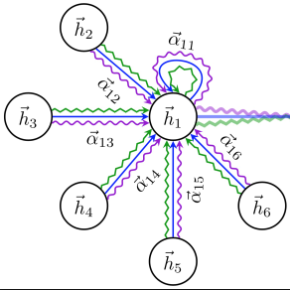The operational efficiency of railway networks, a cornerstone of modern economies, is persistently undermined by the cascading effects of train delays. Accurately forecasting this delay propagation is a critical challenge for real-time traffic management. While recent research has leveraged Graph Neural Networks (GNNs) to model the network structure of railways, a significant gap remains in developing frameworks that provide multi-step autoregressive forecasts at a network-wide scale, while simultaneously offering the live, interpretable explanations needed for decision support. This paper addresses this gap by developing and evaluating a novel XGeoAI framework for live, explainable, multi-step train delay forecasting. The core of this work is a two-stage, autoregressive Graph Attention Network (GAT) model, trained on a real-world dataset covering over 40% of the Dutch railway network. The model represents the system as a spatio-temporal graph of operational events (arrivals and departures) and is enriched with granular features, including platform and station congestion. To test its viability for live deployment, the model is rigorously evaluated using a sequential, k-step-ahead forecasting protocol that simulates real-world conditions where prediction errors can compound. The results demonstrate that while the proposed GATv2 model is challenged on pure error metrics (MAE) by a simpler Persistence baseline, it achieves consistently higher precision in classifying delay events -- a crucial advantage for a reliable decision support tool.
翻译:暂无翻译




